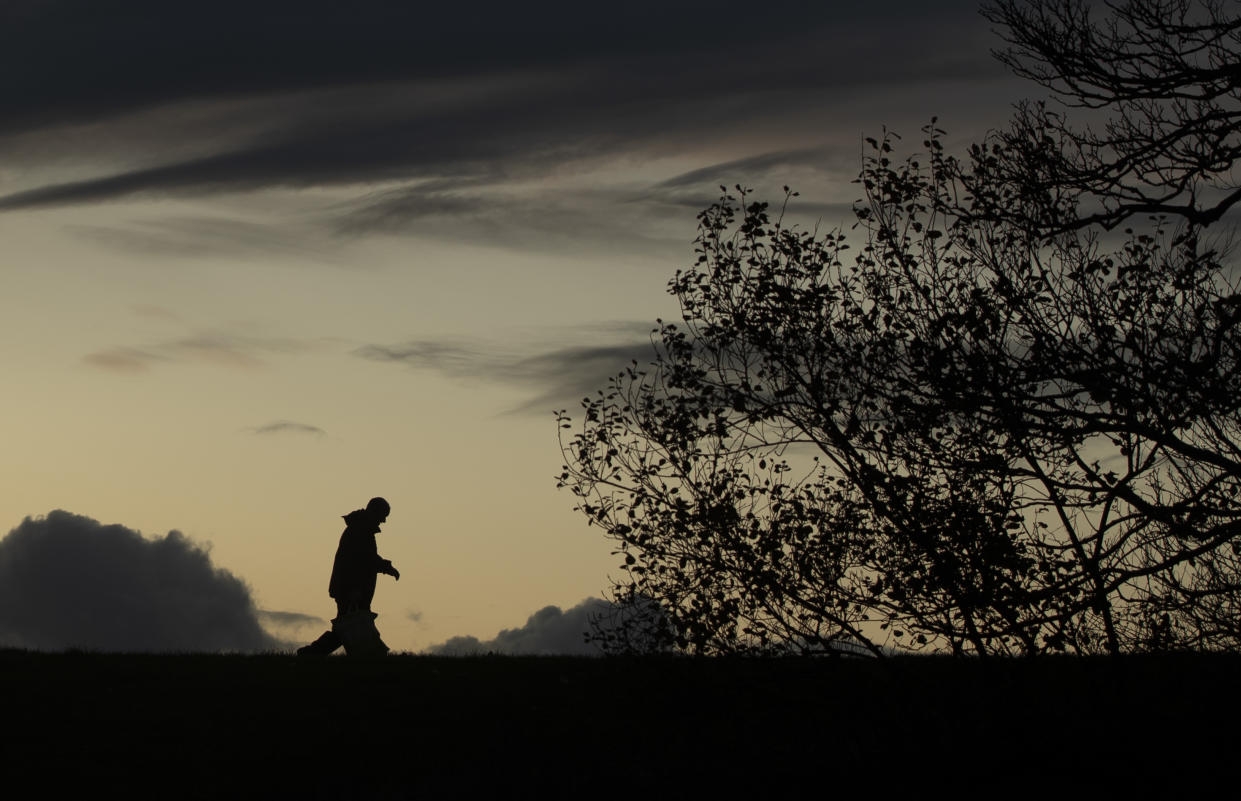New Tory seats hit worst by pay squeeze over past decade

Dozens of areas that turned Conservative at the last election have seen average wages stagnate more than the rest of the UK over the past decade, figures show.
Workers in the so-called ‘red wall’ of former Labour seats are still feeling the after-effects of Britain’s sluggish recovery from the global financial crisis of 2007-8, according to the Resolution Foundation study.
Charlie McCurdy, a researcher at the think tank, said such northern, Midlands and Welsh areas had faced “smaller pay packets, fewer jobs and less wealth” than the rest of the UK since 2010.
He said addressing such issues should “lie at the heart” of prime minister Boris Johnson’s promise to ‘level up’ the UK by tackling regional divides.
The 50 new ‘blue wall’ seats have “fared particularly badly” in terms of average pay growth in recent years, according to the ‘Painting the town blue’ report.
Read more: High earners and wealthy 'face tax hikes' in the next UK budget
Real weekly earnings, which take inflation into account, stood at £449 in such areas last year. That marks a 2.1% decline on pay in 2010, compared to an average decline of 1.5% for Britain as a whole.
Real pay has fallen more than twice as much as even other areas of the North, Midlands and Wales, including both Labour-held and more long-standing Conservative seats.
The former ‘red wall’ areas have also seen less of Britain’s recent jobs boom. While the unemployment rate across Britain is some 15% lower than it was in 2004-5, in the new Conservative seats it is now 5% higher.
Employment levels have grown but relatively slowly, up 4% compared to a UK average of 5.3%. “This might reflect the fact that these seats have high employment shares in some generally shrinking sectors, including retail and manufacturing,” the report noted.
Homeowners have also seen their wealth grow more slowly than the rest of the UK. Property prices have grown by 2% a year on average since 2010, half the growth rate for other local Labour and Conservative seats.
Read more: HS2 set for green light as ‘chancellor backs controversial line’
But the foundation found less “housing pressure” than in other areas, with higher housing ownership rates and lower rent cost growth.
The study concluded that such areas had been “left behind,” but defied some stereotypes. They are “poor but not the poorest,” not much older than the UK average and have not seen an exodus of young people to nearby cities.

